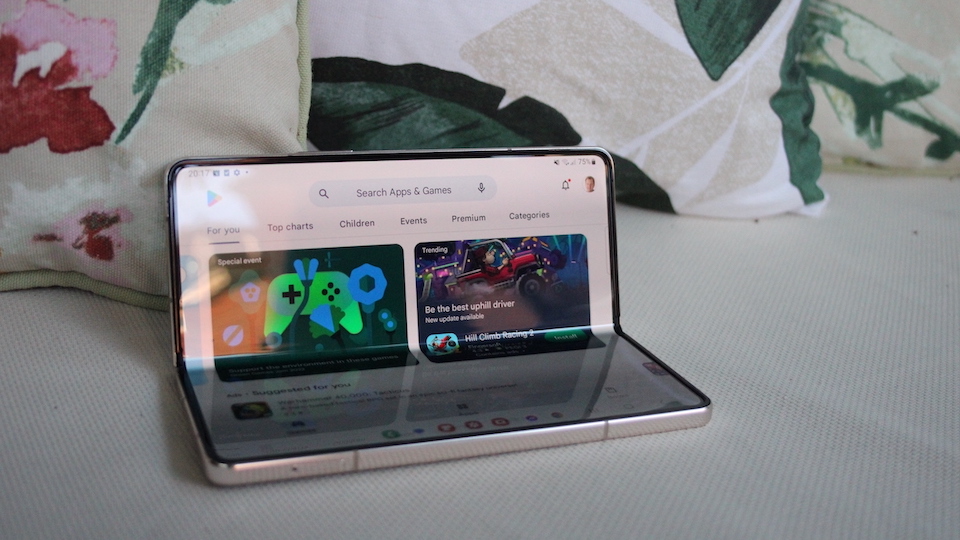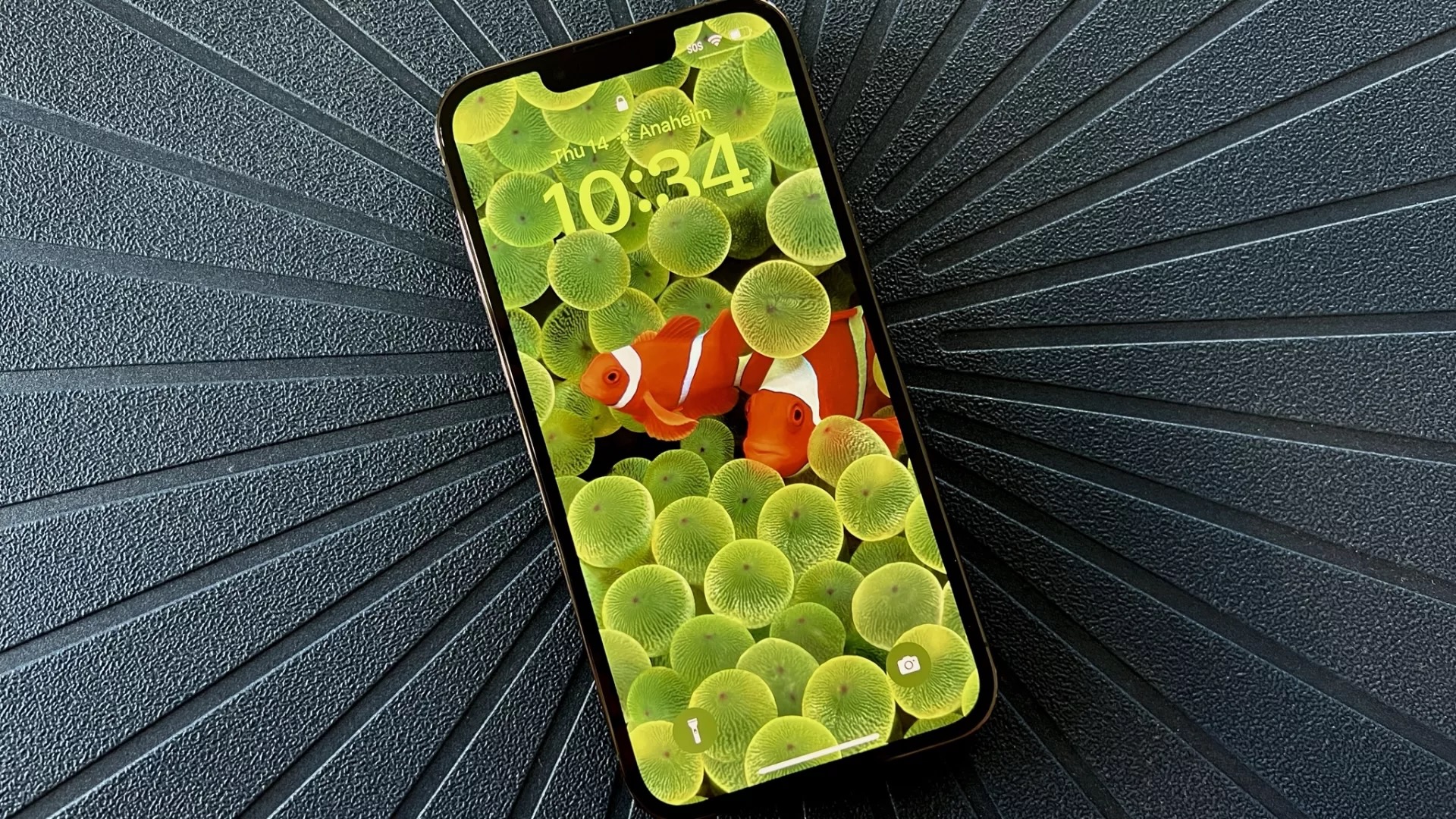iPhone owners are switching to Android and things could get even worse
Not really, no.

Apple is always keen to point out that many of those buying its iPhones are switching from Android, but how many are going in the opposite direction, and is it enough to cause Apple concern?
That's something that we can figure out from numbers shared by CIRP, and it makes for good reading for Apple.
According to CIRP's numbers for the last 12 months, 14% of Apple buyers were switchers from Android, but the same period saw only 4% of those buying Android phones switching from an iPhone.
Hey big switcher
These figures of course cover a timeframe that saw all manner of flagship phone launches including the iPhone 14 lineup. But there were also plenty of big Android launches including the Pixel 7 series, the Galaxy S23 lineup, and a handful of foldables as well. With that in mind, it's perhaps interesting that Google doesn't seem to have been able to pull people away from their iPhones in any great numbers.
CIRP's figures were shared as a paid-for post in its Substack and seen by 9to5Mac.
In reality, of course, few people actually switch phone platforms all that often. Instead, they choose to stick with what they know rather than have to learn something new.
"The headline is that only a very small percentage of smartphone owners switch operating systems," CIRPS notes. "Familiarity, hardware brand comfort, and perhaps most importantly, fear of the complexity of switching means that more than 90% of smartphone owners stick with their operating system when they purchase a new phone."
iMore offers spot-on advice and guidance from our team of experts, with decades of Apple device experience to lean on. Learn more with iMore!
That's shown in CIRP's numbers. 83% of iPhone buyers already had a previous model, while a whopping 92% of those picking up an Android phone were switching from one already running Google's operating system. That's surely more likely given the sheer number of options available to the Android fan, with a new phone seemingly being announced every other week. Whereas iPhone buyers have to wait a year between flagship announcements, Android fans only need wait a few months at worst.
Warning signs

These numbers don't mean that Apple can rest on its laurels, though. There's an undoubted lock-in for both Android and iOS, especially among those who buy apps and would see them become worthless should they switch from one platform to another. But all it needs is for one halo product to force even the die-hard fan's hand.
That, right now, looks likely to be a foldable phone of some sort. Samsung is all-in on foldables right now and Google's recent Pixel Fold launch added another option to a growing market of bendy phones. Apple is conspicuous by its absence, and that's something that can surely only last so long before something has to change. If it doesn't, we could well see that 4% iPhone-to-Android figure begin to increase, and that's something Apple surely wouldn't want to happen.
With the iPhone 15 and iPhone 15 Pro, Apple's 2023 will include the best iPhones it's ever made. But there will likely come a day, whether in the near or distant future when that just isn't enough anymore. And it's then that Apple will need to do something different.
The only question is how much bigger will that 4% figure get before Apple starts to consider it a problem that needs to be addressed?

Oliver Haslam has written about Apple and the wider technology business for more than a decade with bylines on How-To Geek, PC Mag, iDownloadBlog, and many more. He has also been published in print for Macworld, including cover stories. At iMore, Oliver is involved in daily news coverage and, not being short of opinions, has been known to 'explain' those thoughts in more detail, too.
Having grown up using PCs and spending far too much money on graphics card and flashy RAM, Oliver switched to the Mac with a G5 iMac and hasn't looked back. Since then he's seen the growth of the smartphone world, backed by iPhone, and new product categories come and go. Current expertise includes iOS, macOS, streaming services, and pretty much anything that has a battery or plugs into a wall. Oliver also covers mobile gaming for iMore, with Apple Arcade a particular focus. He's been gaming since the Atari 2600 days and still struggles to comprehend the fact he can play console quality titles on his pocket computer.
